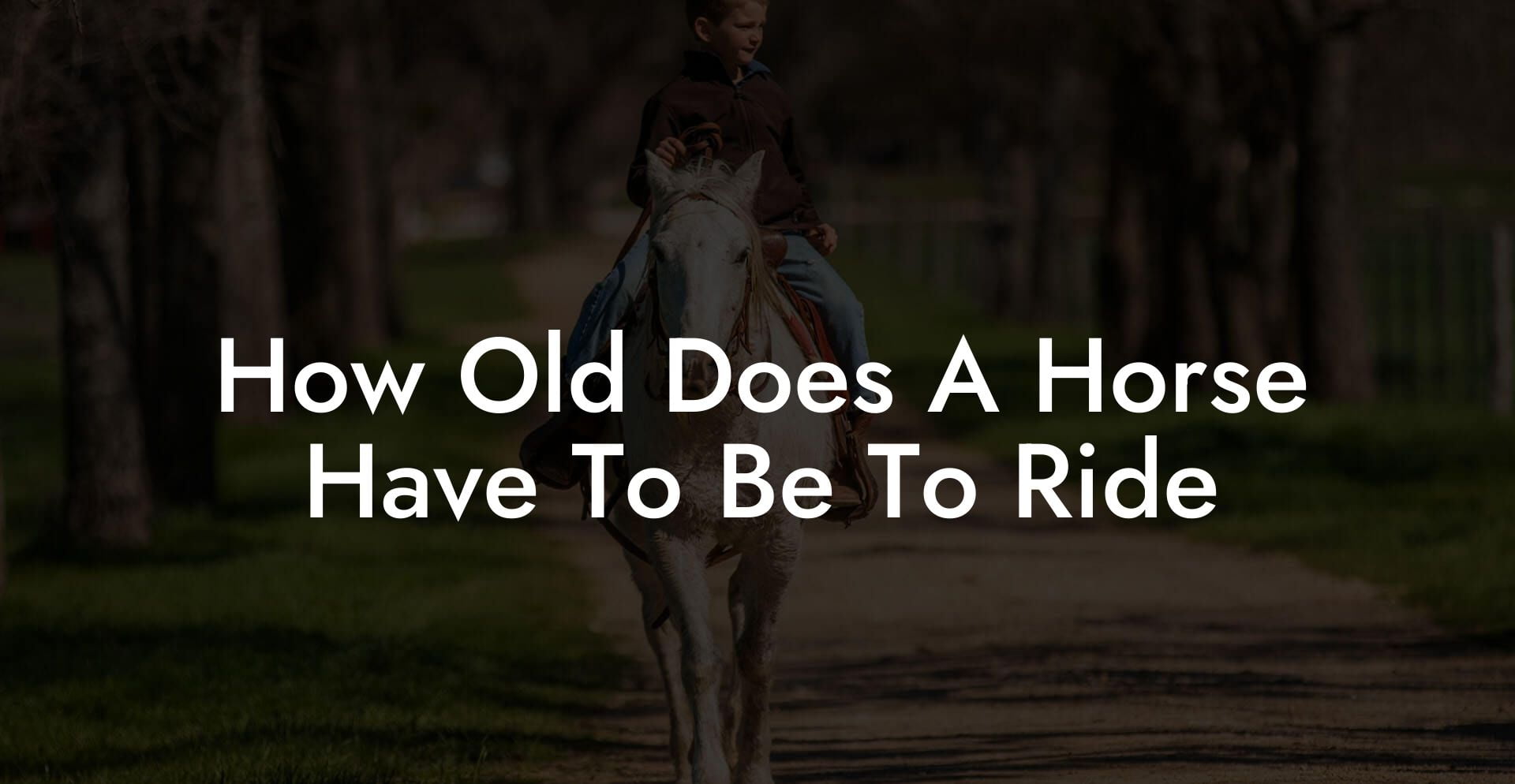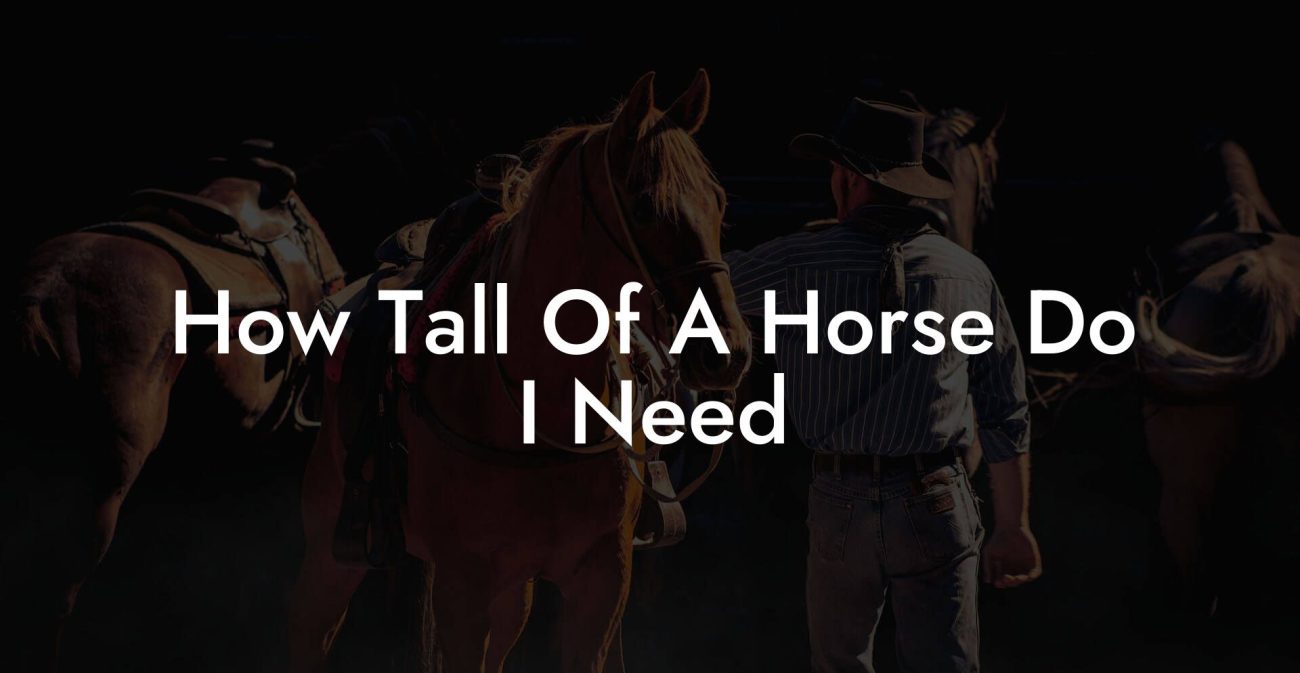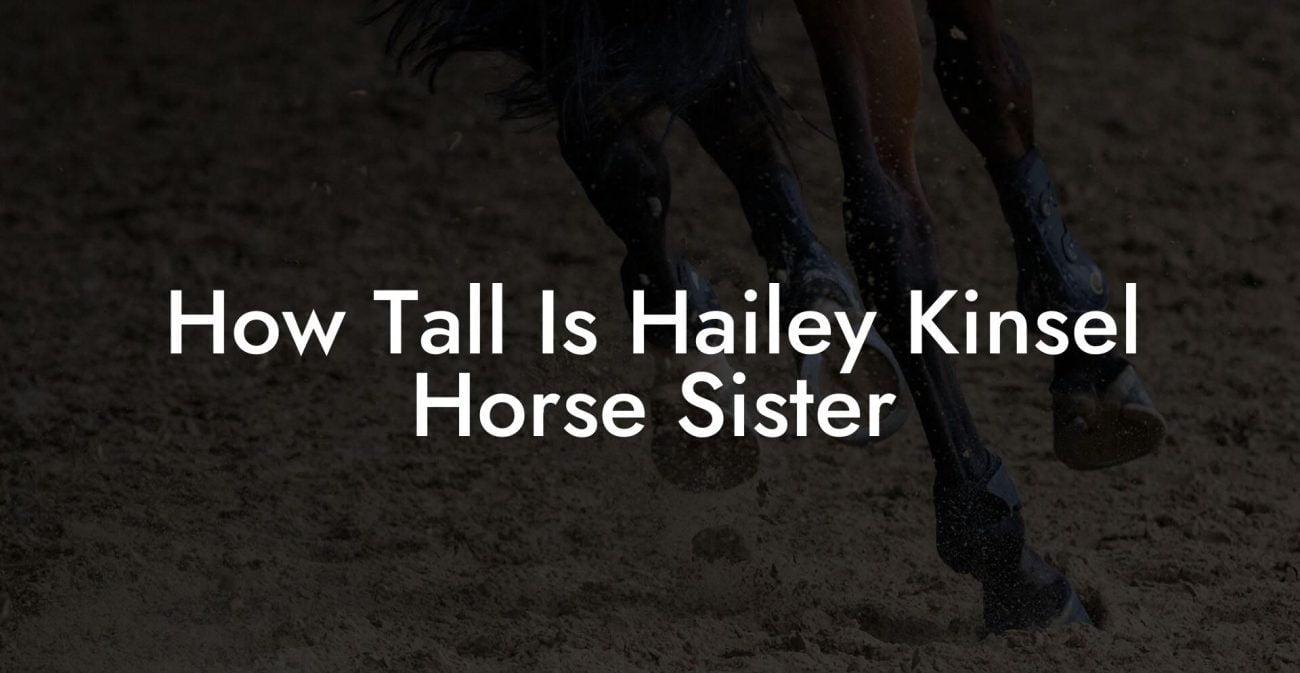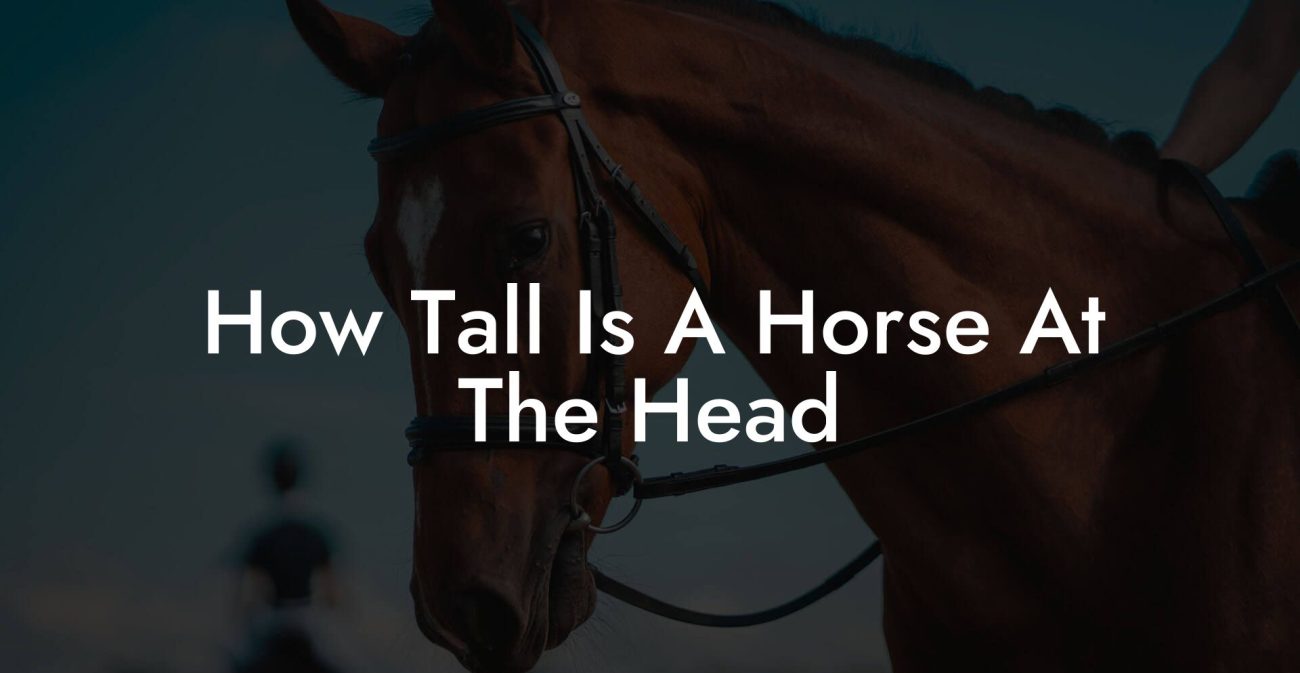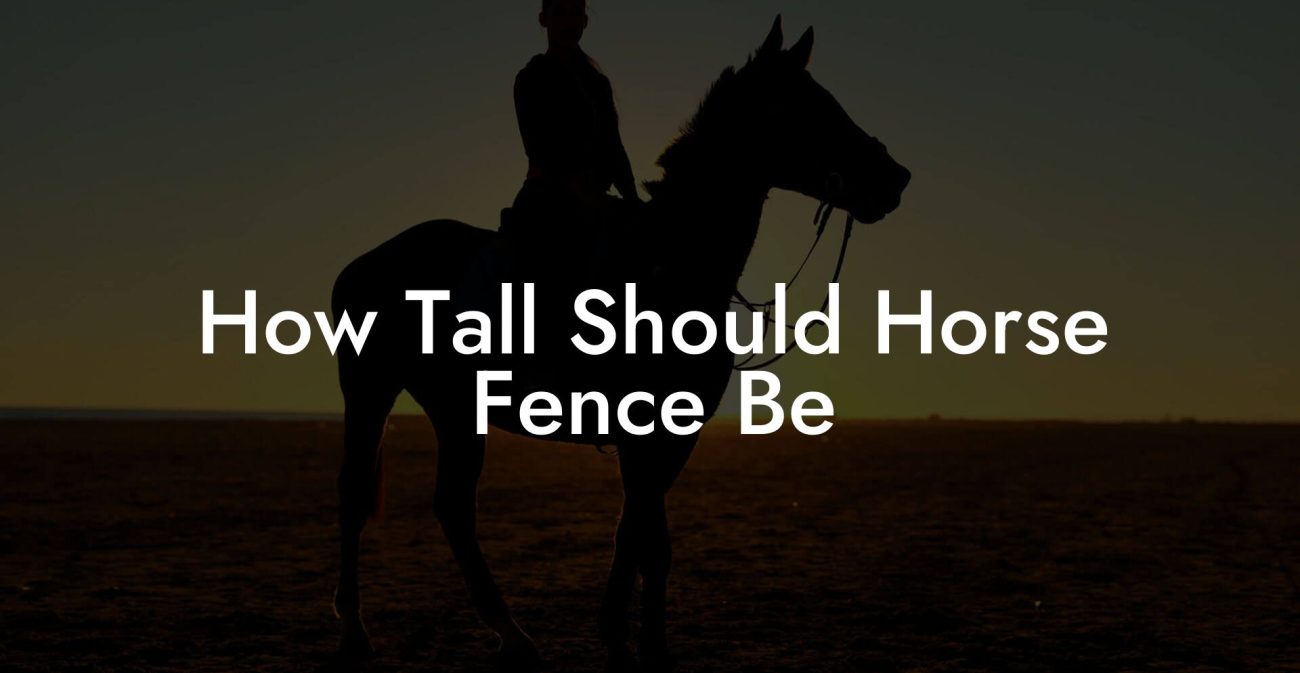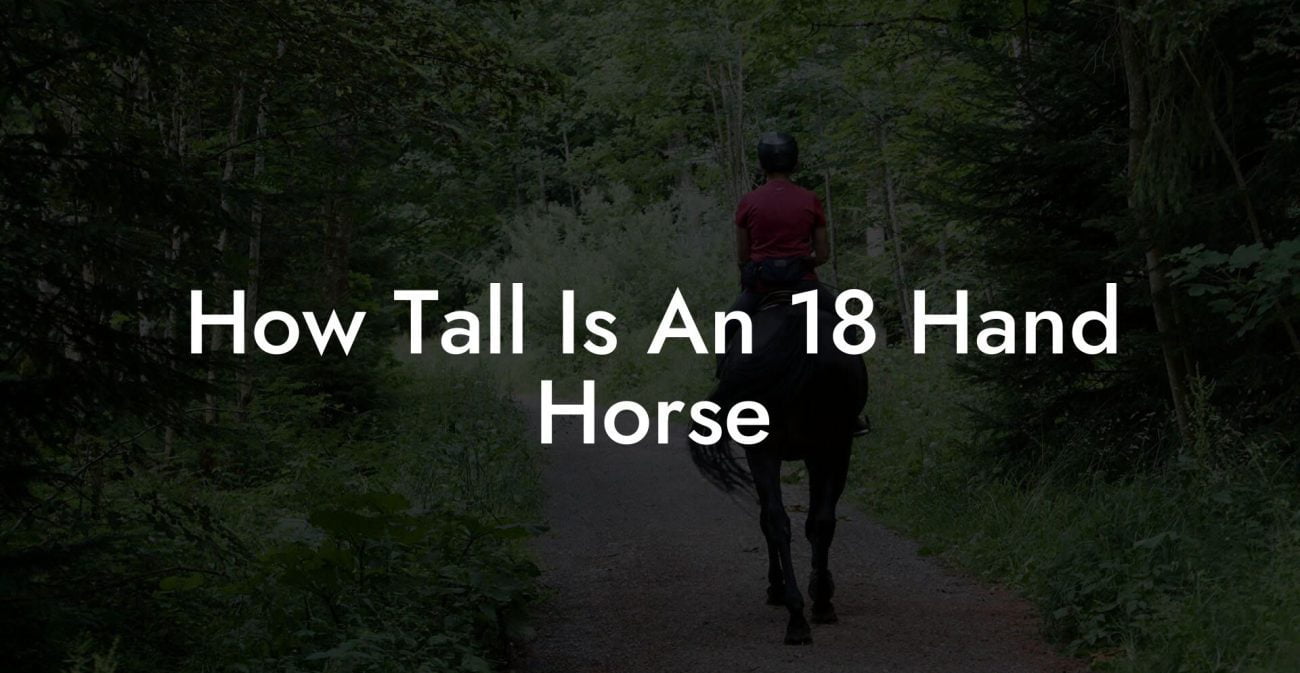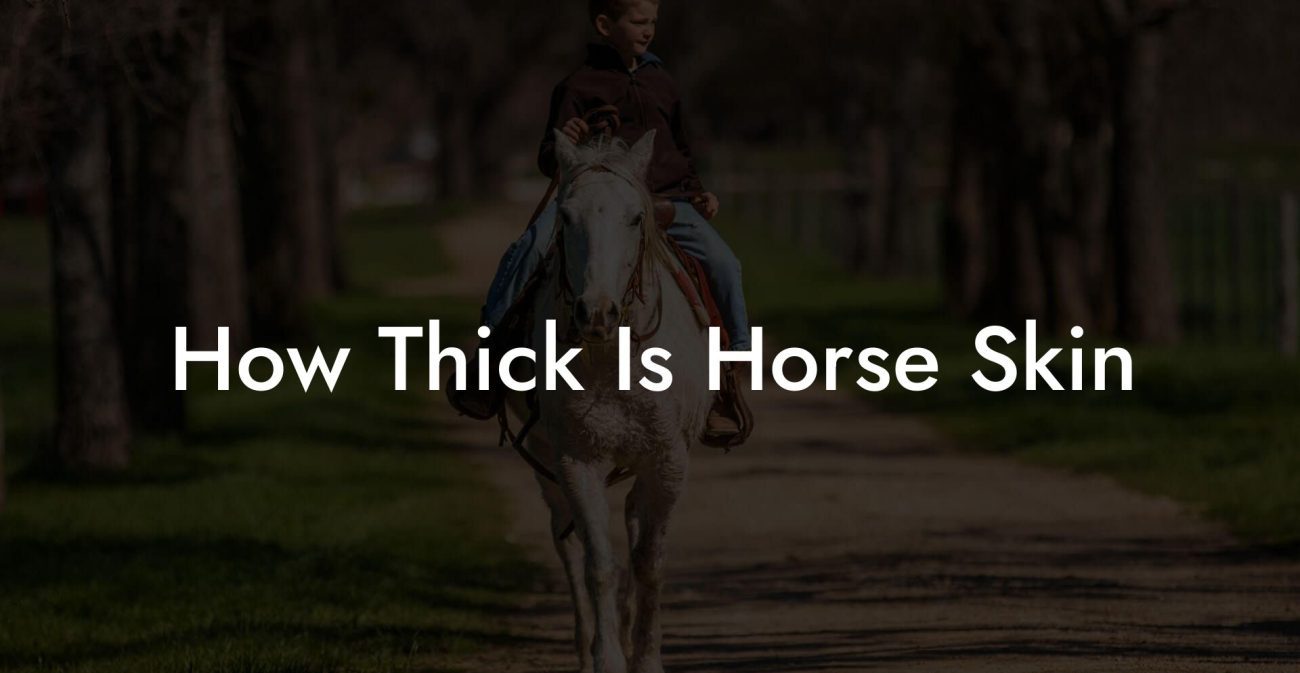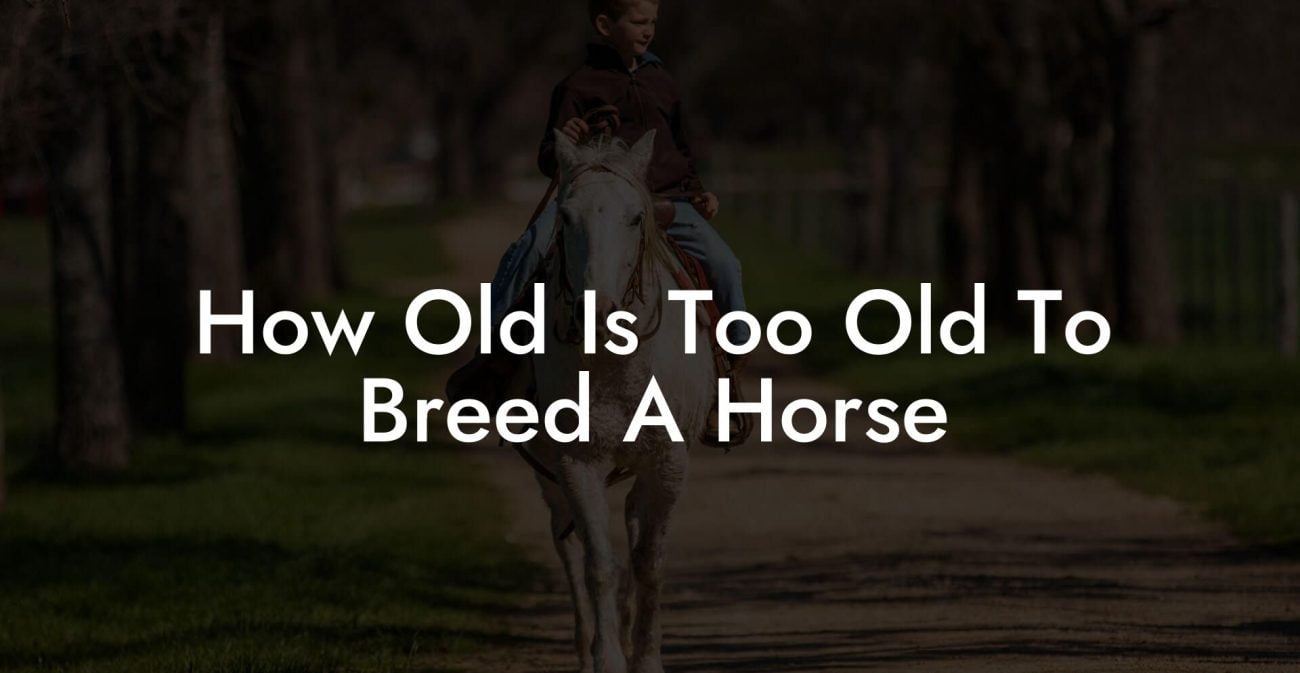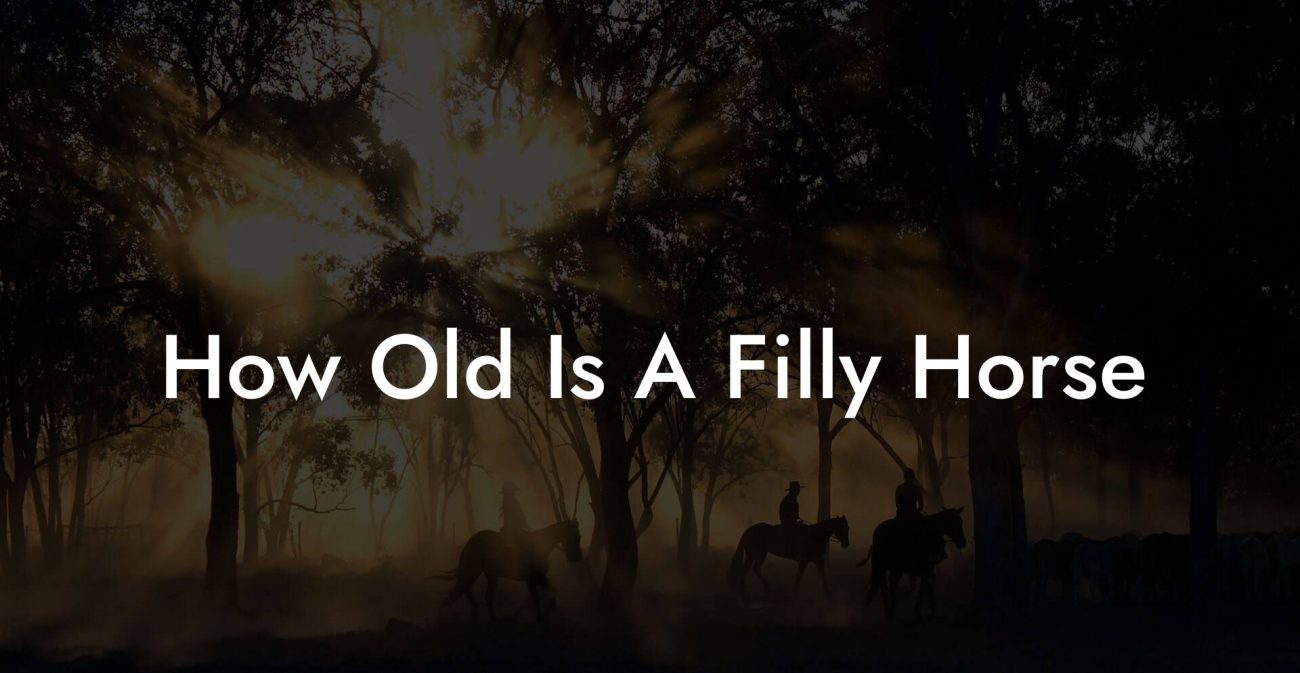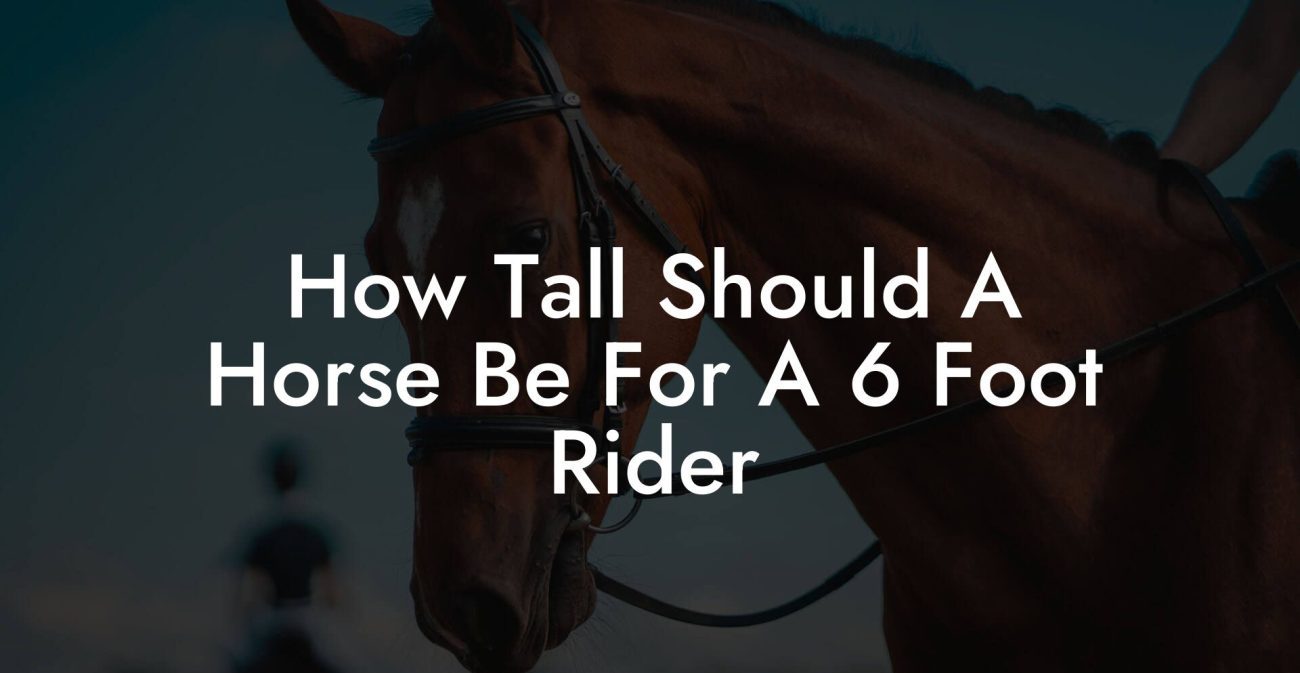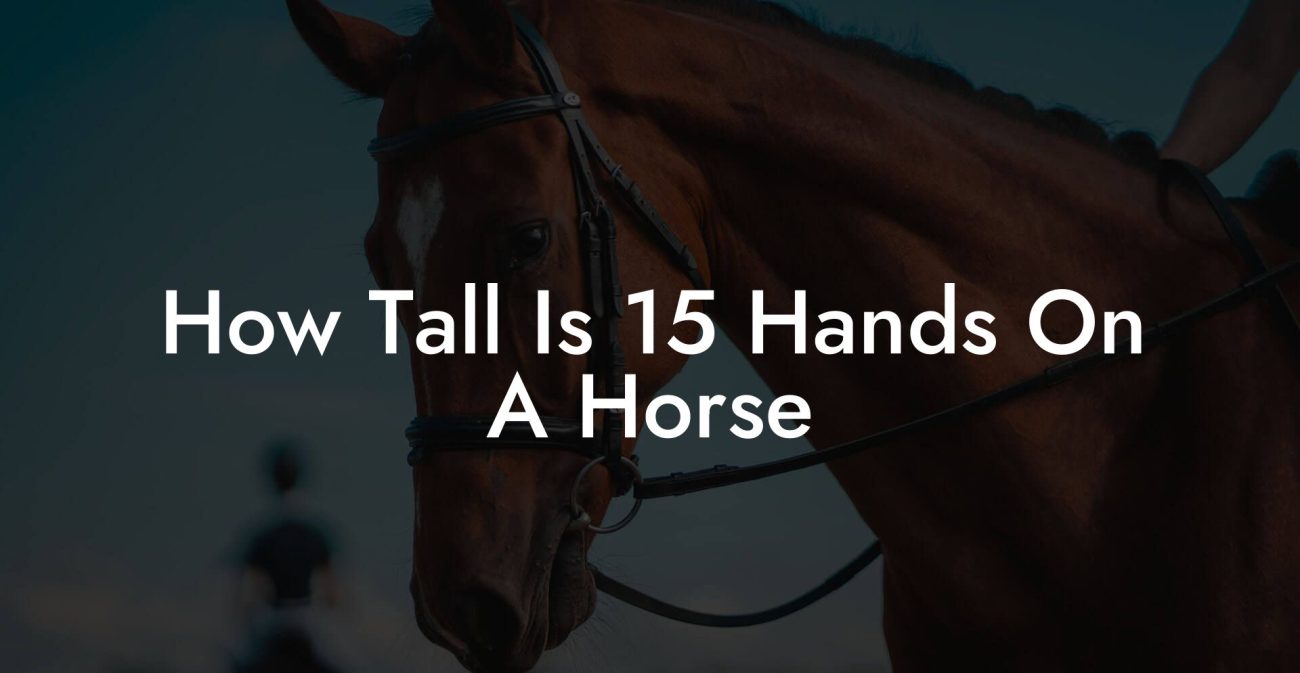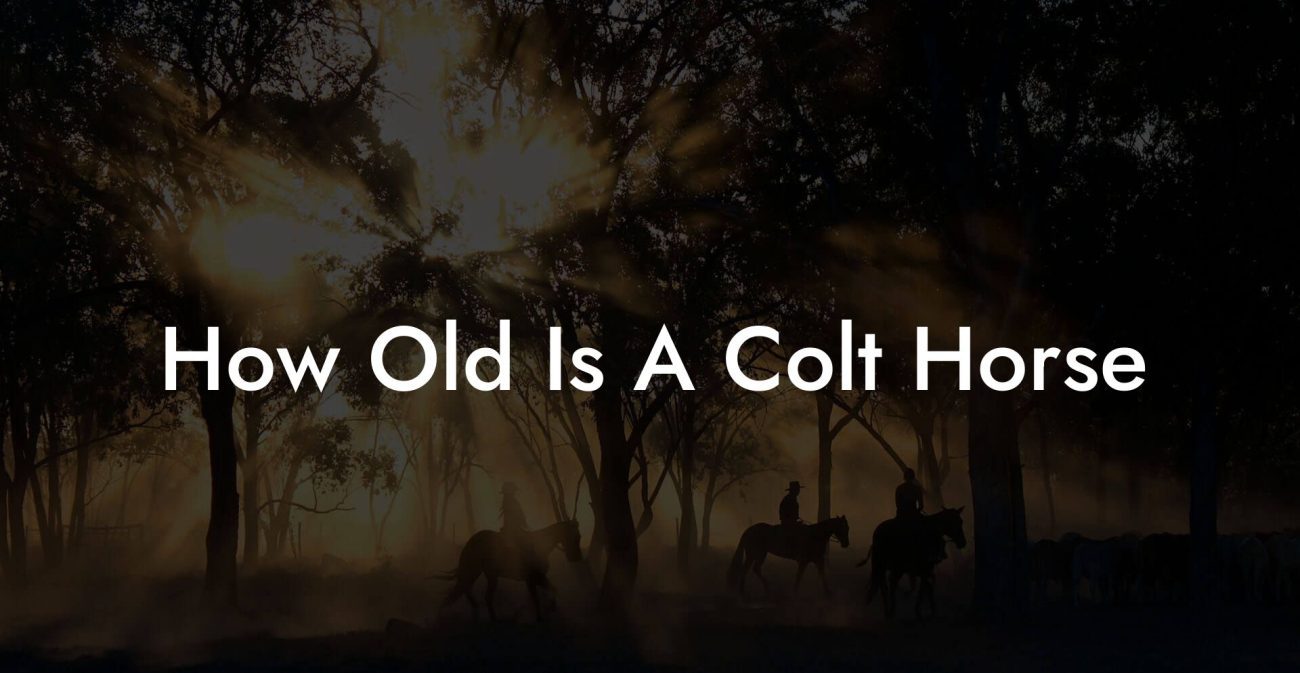Owning a horse can bring immense joy and satisfaction to your life. However, having a horse means a lot more than just providing food and a home. One of the most exciting experiences for horse owners is getting in the saddle and going for that first ride. But do you know the right age to start riding your horse? If not, no worries, this comprehensive guide on “How Old Does A Horse Have To Be To Ride” is exactly what you need to ensure that you and your horse can enjoy a safe and delightful riding experience.
How Old Does A Horse Have To Be To Ride Table of Contents
The Ideal Age
Horses, just like humans, take time to grow and develop before they are ready to engage in physically demanding activities such as riding. Generally, horses are considered fully grown between the ages of 4 to 6. This is the ideal age for a horse owner to start training and riding their equine companion.
However, this doesn't mean riding a younger horse is impossible, but certain factors must be taken into consideration. Riding a horse too early can lead to joint, bone, or muscle problems as the horse grows older. It's important to be patient and provide the proper care before starting any riding sessions.
Preparation Steps Before Riding
1. Training: Long before you even think about getting in the saddle, the horse should be trained in ground manners and basic skills. This includes walking on a lead, respecting personal space, and responding to voice commands.
2. Assessing physical maturity: A veterinarian can help determine if your horse is physically mature enough for riding. They can evaluate the state of the horse's bones, joints, and muscles, which are crucial for a smooth and secure ride.
3. Introducing the saddle: Gradually introduce the horse to the saddle to ensure they are comfortable with the gear. Place the saddle on the horse's back without any weight, and let them get acquainted with the sensation.
4. Lunging: This step involves teaching your horse to walk, trot, and canter in circles around you, with a lunge line attached to their bridle. This helps them build strength, balance, and familiarity with the commands they will need during riding.
5. Desensitizing: Ensure your horse is comfortable with unexpected sights and sounds they may encounter during riding, such as other animals, vehicles, or sudden movements. This is especially important for younger or more skittish horses, who may be more easily spooked.
How Old Does A Horse Have To Be To Ride Example
You have a 3-year-old horse named Thunder. While he’s still young and developing, you want to make sure he's prepared for riding in the future. You work with a trainer to establish good ground manners, and you have regular check-ups with your veterinarian to ensure his physical maturity is progressing well.
When Thunder turns 4, he has developed strong bones and muscles, and with the guidance of an experienced trainer, you start introducing him to the saddle and all other riding gear. By the time Thunder is 4 and a half, he has successfully mastered lunging, and you feel confident in his ability to accept a rider.
Now is the perfect time to go for your first ride together, but always remember to maintain patience, communicate clearly, and prioritize your horse's comfort and health.
The exciting and rewarding experience of riding your horse starts with understanding the right age and proper preparation steps. Every horse is unique, and with the right care and training, you can ensure a long-lasting and enjoyable riding partnership. Share this guide with fellow horse owners to help them gain insights and join the conversation. Don't forget to explore other guides on “How to Own a Horse” to make the most of your horse ownership journey!

